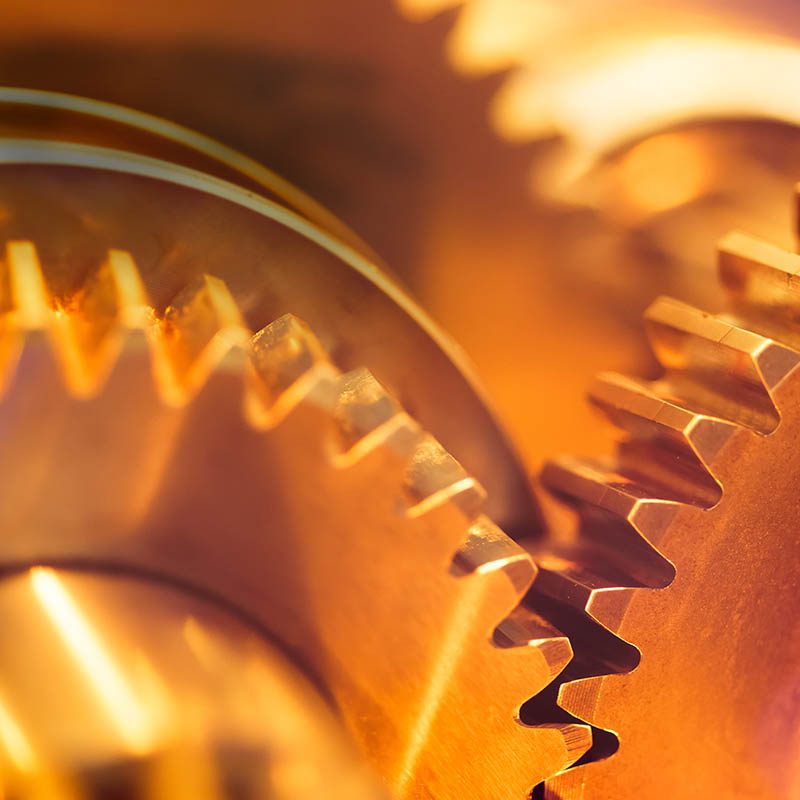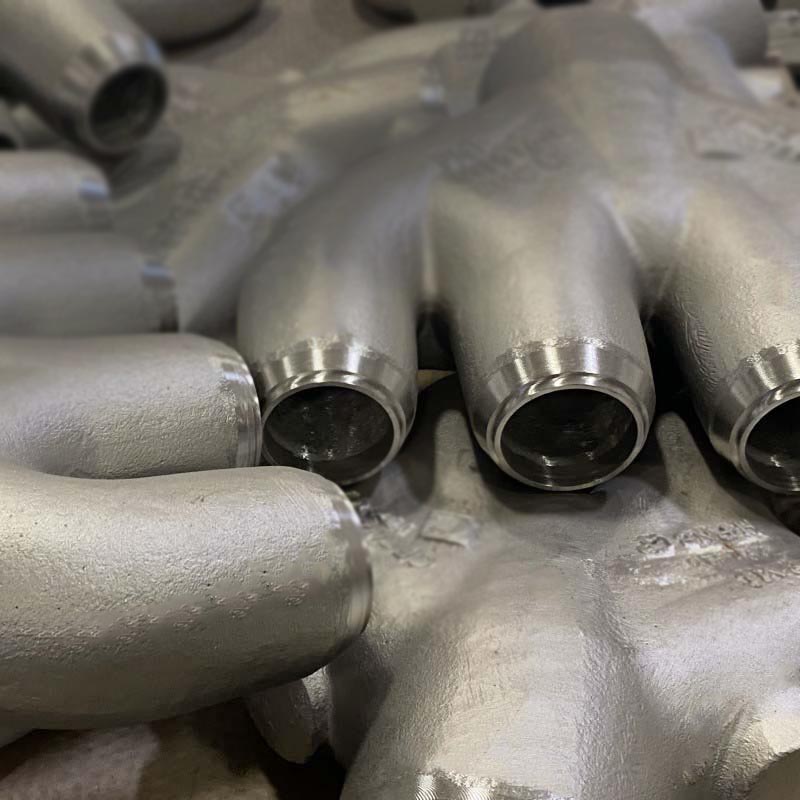Overview
CH20 is an austenitic stainless steel that stands out for its impressive combination of strength and corrosion resistance. With a composition of up to 26% chromium and 15% nickel, this alloy exhibits good tensile strength and ductility, making it suitable for applications requiring both strength and formability. The high chromium and nickel content contribute to its excellent corrosion and oxidation resistance, protecting it from degradation in a variety of environments. This combination of properties makes CH20 a valuable choice for applications where both mechanical performance and resistance to corrosive elements are essential.
Typical Uses
Pump and valve parts, food & beverage, and waste treatment equipment.
MetalTek Designation
MTEK 309
Poured At:
Carondelet Division, Sandusky International Division, Wisconsin Centrifugal Division, Wisconsin Investcast Division
Similar Specifications
Cast UNS: J93400
Wrought UNS: S30900
Wrought Grade: 309
Cast Grade: CH20
Cast ASTM: A351, A743
Typical Chemical Composition (% by wt.)
Aluminum: n/a
Carbon: 0.2
Chromium: 22-26
Manganese: 1.5
Iron: n/a
Copper: n/a
Nickel: 12.0-15.0
Lead: n/a
Tin: n/a
Silicon: 2
Zinc: n/a
Minimum Mechanical Properties
Heat Treatment: Solution Anneal
Frequently Asked Questions
Austenitic steel is a non-magnetic stainless steel alloy with high chromium and nickel content. It provides excellent corrosion resistance, formability, and weldability, making it ideal for industrial and food-grade applications.
Common applications include food processing equipment, pump and valve components, chemical processing equipment, and heat exchangers due to its excellent corrosion resistance.
Super austenitic steels contain higher levels of molybdenum, nickel, and nitrogen than standard austenitic steels, enhancing their resistance to pitting, crevice corrosion, and stress corrosion cracking in harsh environments.
Benefits include superior corrosion resistance, high ductility, excellent weldability, and good performance at both cryogenic and elevated temperatures.
Austenitic stainless steel is corrosion-resistant and non-magnetic, while martensitic stainless steel is magnetic, harder, and better suited for wear-resistant and high-strength applications.
In its annealed state, austenitic stainless steel is non-magnetic. However, it may exhibit slight magnetism after cold working due to partial transformation into martensite.
Common austenitic grades include 304, 309, 310 and 316 stainless steels. These are widely used across industries for their excellent corrosion resistance and mechanical properties.
Austenitic steel offers better corrosion resistance and ductility than ferritic steel, which is magnetic, has lower chromium content, and is more cost-effective but less weldable.



